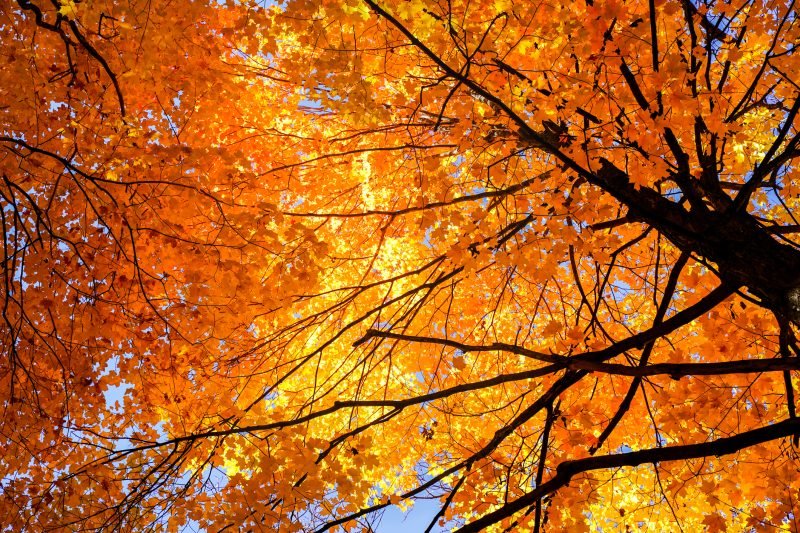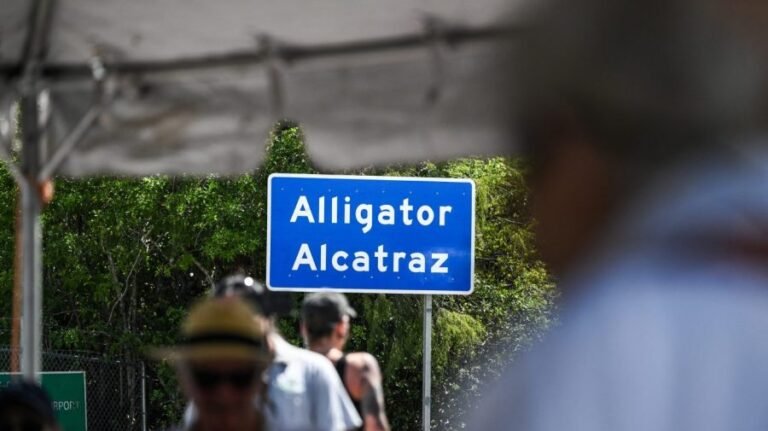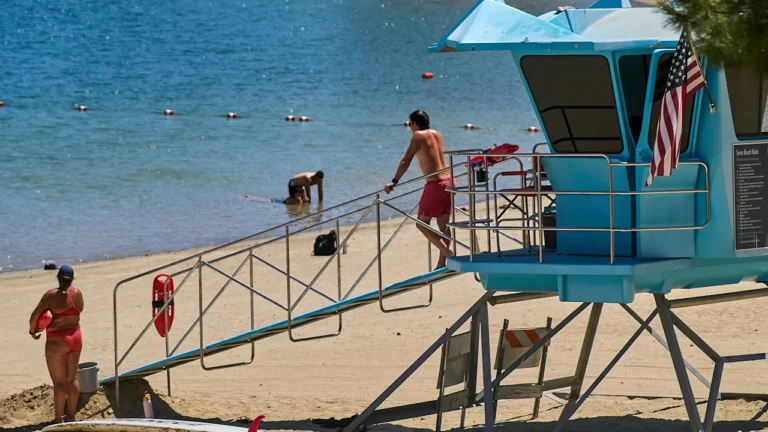
(NEXSTAR) – This fall is looking pretty summery, if a new national forecast is any indication.
The Climate Prediction Center, a division of the National Oceanic and Atmospheric Administration (NOAA), released new seasonal weather outlooks on Thursday in which they predict a warmer-than-average fall in nearly every corner of the country.
The highest chances – 60% to 70% – for a sizzling start to fall are found in the Southwest and New England, shaded in dark red on the map below. But pretty much regardless of where you live, the forecast is leaning warm for September through November.
Only a small sliver of the country near the Canadian border is neutral, with equal chances of three outcomes: a warm fall, a cool fall or a normal fall.

Despite the shades or orange and red on the updated forecast map, it doesn’t look like 2025 will be the hottest year on record, according to a summer analysis by Carbon Brief. (That being said, 2025 could still be the second or third warmest year globally, depending on how the second half of the year plays out.)
Last year’s temperatures were driven up by a warm El Niño, which has since faded away. This year, a short La Niña is expected to form at some point between September and December.
If La Niña takes over and starts to influence our weather over the next few months, the southern half of the country is likely to get drier, warmer weather, while the Pacific Northwest and Ohio Valley could see more precipitation than normal.
A hint of that pattern is evident in NOAA’s updated precipitation outlook, which calls for dry conditions in the Southwest, especially.

A dry fall would exacerbate drought conditions that are already present in the region and growing severe in Arizona, New Mexico, Utah, Colorado, Nevada and Southern California.
Hawaii, which isn’t shown in the maps above, is also expected to see below-normal precipitation this fall over Maui and the Big Island. The islands also aren’t immune to the warm weather trend we’re seeing in the continental U.S.; above-normal temperatures are predicted for Kauai, Oahu and Maui.






